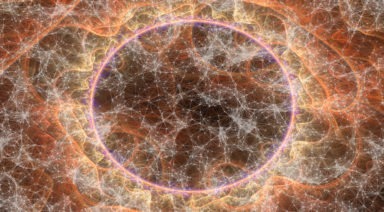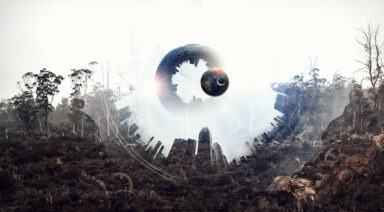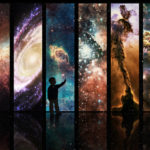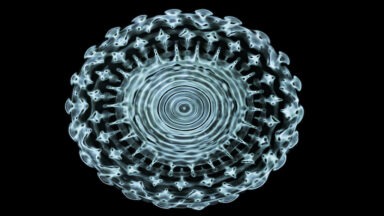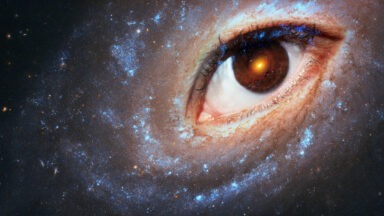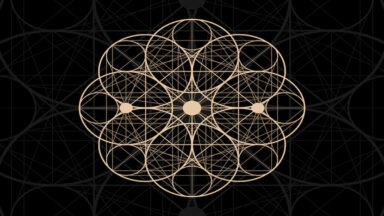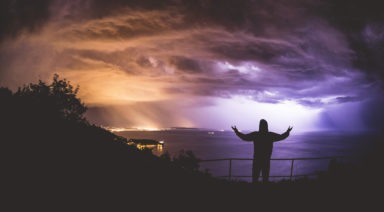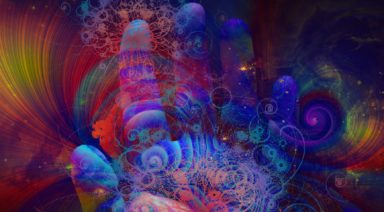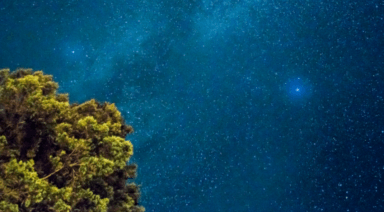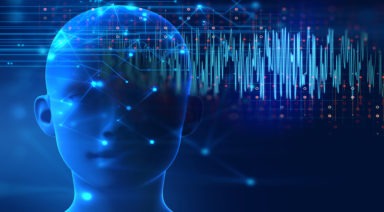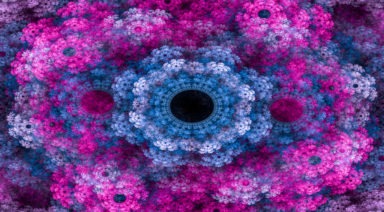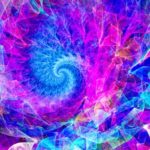The Mandela Effect: CERN and Hidden, Parallel Universes
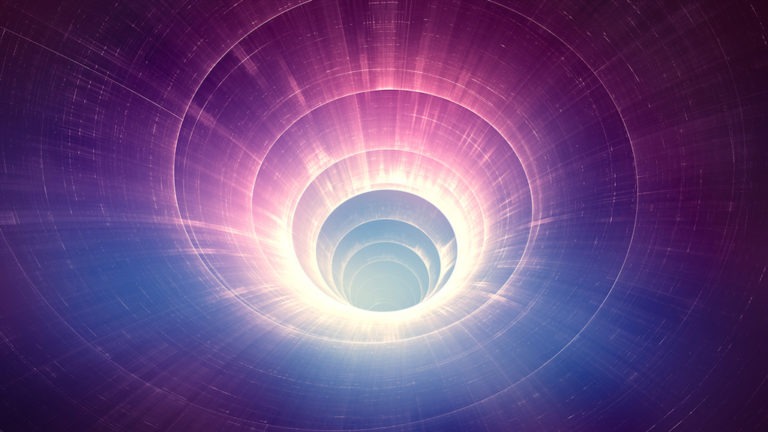
The concept of The Mandela Effect is simple. Over time, a few minor details surrounding significant events, and therefore our perception of these events, might somehow change and may continue to improve in the years ahead.
In other words, the tried and true spacetime continuum that appears to be the backbone of our collective, three-dimensional, physical reality might have a ripple in it. It also may have produced a sister, parallel universe, which has birthed different scenarios, events, identities, constructs, and relationships.
It might also be true that our tiny, insignificant brains are slowly evaporating and can no longer handle every detail that flashes across our eyes. As we forget events, out of fear, we attempt to reassemble them in our imperfect minds.
Given that we’re all probably of the same species, each of our brains might make mistakes that are akin to the next, especially when it comes to certain types of events and sets of details.
It’s important to consider that our brains are continually comparing, analyzing and constructing ideas and memories to justify their notions of reality, often from poorly assembled concepts and thin air. Given that, it might be fair to say that all brains build memories and memory-bridges with similar strategies and outcomes.
All this to say that because of our shared DNA, our brains will construct similar data sets and similar conclusions.
Maybe this is the question we’ve yet to ask: Have large groups of people moved backward or forwards in time, witnessed potential trajectories, returned to their primary spacetime paths, and then somehow integrated all collected information into new perspectives, refreshed with new sets of details?
“If (quantum theory) is correct, it signifies the end of physics as a science.”
— Albert Einstein
Whether you believe The Mandela Effect to be fact or fiction, the growing number of shared perspectives across a variety of ideas and events, and inclusive of a broad spectrum of socioeconomic backgrounds, is compelling.
Examples of The Mandela Effect
There are growing numbers of experiences of The Mandela Effect, across a long list of categories. Here are a few potentially shifted events that caught my eyes:
- Nelson Mandela Died in 2013 vs. died in prison
- It’s a Beautiful Day in THIS Neighborhood vs. THE Neighborhood
- Berenstain Bears vs. Berenstein Bears
- Death of Billy Graham in 2018 vs. him dying years ago with President Clinton giving a eulogy
- King Henry VIII’s portrait holding a glove vs. Turkey Leg
- Mother Theresa Canonized post-mortem vs. in the 1990s
- Rock group “Queen” song ending with “We are the champions” vs. “of the world.”
- Sex AND The City vs. Sex IN The City
- JIF Peanut Butter vs. JIFFY Peanut Butter
- Curious George without a tail vs. with a tail
- C-3PO with silver leg vs. gold leg
- Patrick Swayze died of pancreatic cancer vs. he fully recovered
- Monopoly Man with monocle vs. without monocle
Many have also reported this same effect or dissonance in their personal lives, whereby a baby’s birthday or sets of event details slightly shifted over time.
Thousands of people throughout the world have reported these Mandela Effects. This is partly why scientists are considering the possibility that parallel universes do exist.
“The purpose of quantum computing based compassionate artificial intelligence is to develop integrated systems that can preserve and enhance human values of peace, love, happiness, and freedom.”
― Amit Ray, Compassionate Artificial Super-intelligence
Scientists On The Mandela Effect
To consider some of the thoughts from the scientific community, one must first know the definition of spacetime.
Spacetime consists of mathematical models that merge the three dimensions of space with the one dimension of time (which we have all come to agree-upon), resulting in a single four-dimensional continuum. In other words, given our agreements on how time moves and how we all move through three-dimensional space, we are all living within an agreed-upon four-dimensional reality.
Here are a few science-related notions that might have given birth to the existence or the milieu of ideas related to The Mandela Effect:
Time Travel
Time travel might provide us with the ability to experience a variety of our unique, potential, life trajectories. Here’s how that might work:
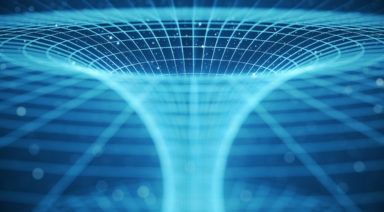
We’re already traveling through time, only forwards. This means that time-travel relative to other people also exists, which includes walking together.
If the whole universe was spinning, which it’s not, time loops would emerge, which would give us the ability to choose from a variety of time loops to experience some of our other potential life trajectories.
Since wormholes are bridges through spacetime, we could use them to travel into the past or the future. The challenge here is that we don’t know how to build wormholes. Further, we would need negative energies or exotic matter to do this, which we don’t fully understand and have not yet created.
This doesn’t mean that aliens and biengs from other dimensions are not already building wormholes which could be affecting our current perspective of reality and giving birth to additional spacetime loops and potentialities.
Quantum Computers
Quantum computers use tiny circuits, superposition, whereby multiple quantum states can be merged to produce a new outcome, and entanglement, which results in groups of particles that interrelate and cannot be described independently.
Quantum computing utilizes the fluctuation of atomic and subatomic particles as they morph from one state to another. While prior computers used bits and bytes to quantify processing power, quantum computers use qubits or quantum bits. While a bit can be found at either of the two poles within a sphere, a qubit can be found anywhere within that sphere.
For a quantum computer’s storage size, processing power and computation, it means that there will be infinite space, infinite power, infinite logic gates, and infinite computational possibilities, far outpacing today’s limited, classic computer architecture. When we enter the quantum computing arena, traditional laws of physics and particle theory no longer apply.
While this all sounds fascinating, quantum computing comes with challenges and potential nightmares. These fascinating machines do not always surpass every classical algorithm, and there is no known problem for which quantum computers outperform every traditional rival.
The quantum theory related to The Mandela Effect goes something like this: As quantum computers interact with the various states of the atomic and subatomic particles within their spheres, they affect other particles within the realities of different dimensions. Some say this alone could change specific details surrounding specific events.
D-Waves
D-Wave is a category of quantum machine created by D-Wave Systems, Inc., in Canada. The company seeks to exploit the potential quantum effects inherent in their processing systems.
Currently, D-Wave machines can only handle specific tasks. While they’re a long way from exponential speed dominance over classical computers, a recent paper suggests that D-Wave’s 2000Q computer can return solutions 2600 times faster than known algorithms.

D-Wave quantum machine via nature.com
In the pursuit of this tech, scientific-minded Mandela Effect fans suggest that the intensity of the computational force from D-Wave computers could have a profound effect on particles, life, trajectories and events throughout the universe. In turn, D-Wave machines might easily create a Mandela Effect.
Cern Conspiracy Theories
Some fervent, conspiracy theorists are so confident that Switzerland’s CERN organization is at the helm of universal particle manipulation, they’ve renamed The Mandela Effect, “The Cern Mandela Effect” and “The Cern Quantum Effect.”
Established in 1954 and based in Switzerland, CERN is the European Organization for Nuclear Research. It has 22 member states/countries and has made hundreds of unique scientific discoveries, including the “God Particle,” otherwise known as Higgs Boson. CERN also invented the World Wide Web, not necessarily in partnership with Al Gore.
Because of the nature of CERN’s experiments, some believe spacetime is being unknowingly or knowingly manipulated, thereby producing Cern parallel universes.
While CERN scientists have good intentions, some say that CERN’s work is akin to GMO seed manipulation, in that it is taking risks with the foundational elements of our universe (atomic and subatomic particles) without fully understanding the potential risks.
“A classical computation is like a solo voice – one line of pure tones succeeding each other. Quantum computation is like a symphony – many lines of tones interfering with one another.”
― Seth Lloyd, Programming the Universe
The Present Moment
Time will tell whether The Mandela Effect, CERN, D-Wave and quantum computing will help us understand time-travel, particles, wormholes, changes in prior realities, and the creation of accessible time loops.
In the meantime, let’s stay in the present moment, meditate on our expansiveness, and do our best to love each other.
Electric Universe Theory: The Science, Models and Controversy
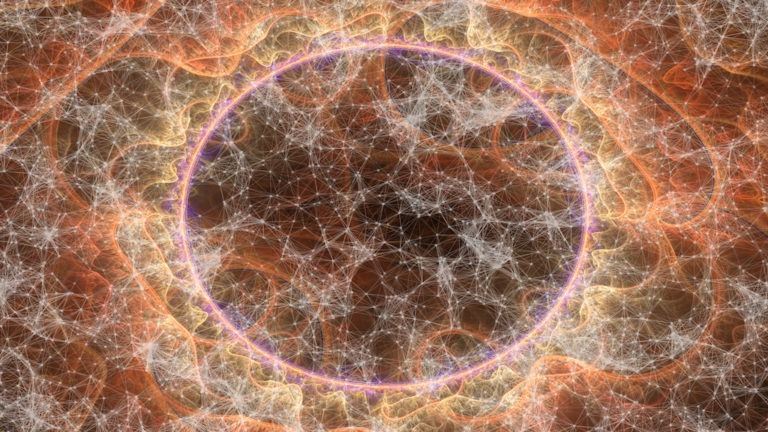
Before Einstein created his unique theorems on relativity, deflating Newton’s theories on gravity, Nikola Tesla posited the idea that electricity and energy were responsible for almost all cosmic phenomena. Tesla saw energy and electricity as an “incompressible fluid” of constant quantity that could neither be destroyed nor created.
If you want to find the secrets of the universe, think in terms of energy, frequency, and vibration.
— Nikola Tesla
What Did Einstein Conclude?
Einstein suggested and eventually proved (to a degree) that gravity is a curvature within a measurable reality, which he termed “space-time.” When you add time to the coordinates of length, width, and height, you get space-time. Consider space-time as a material fabric. When a mass or object is large enough, it can cause the fabric to warp.
Consider what happens when you lift your knees under a blanket. It warps the blanket. You can see that your knees (a mass) created a bend or cavity. This warp structure (bend, cavity) is gravity.
There’s much more to it, but this gives us a foundation to help us understand the beauty and challenges behind the Electric Universe Theory.



